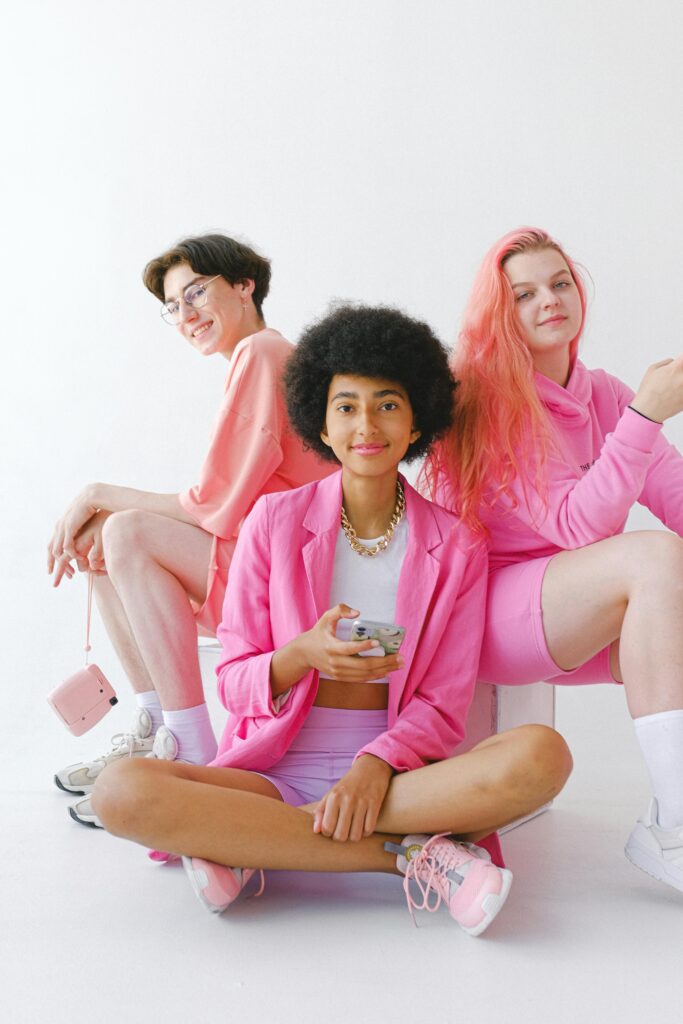Culture and Identity
In the tapestry of expert environments, paintings garments serve as greater than only a uniform; they are a canvas upon which cultural identities and private expressions are woven.
In the tapestry of expert environments, paintings garments serve as greater than only a uniform; they are a canvas upon which cultural identities and private expressions are woven.
Understanding the cultural significance of work garments is crucial for fostering inclusivity, celebrating variety, and selling a feel of belonging inside the place of work.
The diverse array of apparel determined in offices global displays the wealthy tapestry of cultures, traditions, and person identities that make up the contemporary body of workers.
By embracing and honoring numerous cultural traditions within the administrative center, groups can create a extra inclusive and respectful environment where personnel feel valued and appreciated for their precise identities.
From the vibrant fabrics of conventional attire worn in African offices to the stylish kimono donned through Japanese specialists, cultural get dressed serves as a tangible link to the past and a supply of satisfaction for plenty people.
Work clothes often bear the imprint of cultural history and culture, reflecting centuries-old customs and practices handed down through generations.
In an era of increasing globalization and interconnectedness, work clothes offer a means for people to express their identity and assert their individuality in the place of job.



Work clothes also play a role in bridging generational divides in the place of work, as distinctive generations deliver their own views and alternatives regarding apparel. While older generations might also adhere to more traditional dress codes, more youthful generations regularly embrace greater informal and current styles. By fostering a tradition of mutual admire and open-mindedness, companies can create an inclusive environment wherein personnel of every age feel valued and revered for their contributions, regardless of their sartorial selections.
variety

The proliferation of far off work preparations and virtual conferences has further blurred the lines between paintings and amusement apparel. With extra people running from domestic, the need for conventional office attire has faded, giving upward thrust to “Zoom casual” or “enterprise on pinnacle, pajamas on the lowest” dress codes. While this casual approach to dressing may seem incongruous with traditional place of job norms, it displays the adaptability and versatility of the cutting-edge personnel in navigating converting work environments.
Increasing recognition of environmental and social issues has additionally inspired attitudes toward paintings clothes. Many individuals and organizations are actually prioritizing sustainable and ethically sourced clothing options, choosing manufacturers that prioritize truthful labor practices, eco-friendly substances, and minimum environmental impact. From organic cotton shirts to recycled polyester blazers, sustainable style choices are becoming increasingly well-known in the place of business, reflecting a commitment to accountable consumption and company social duty.

